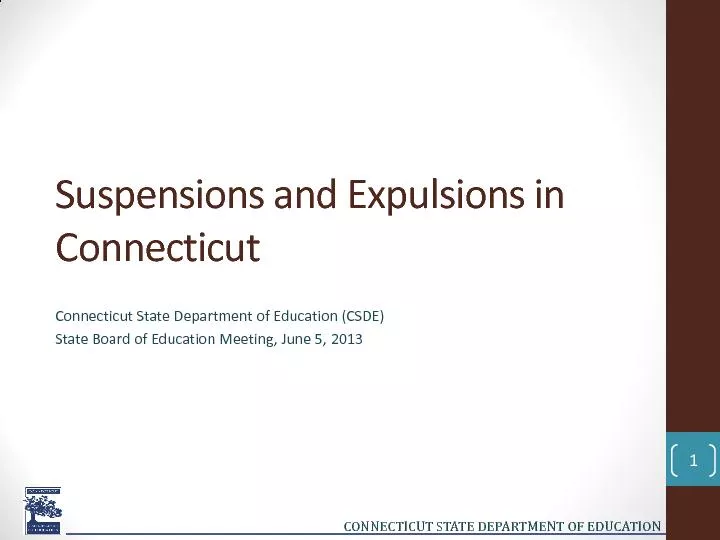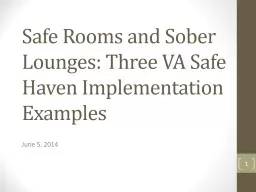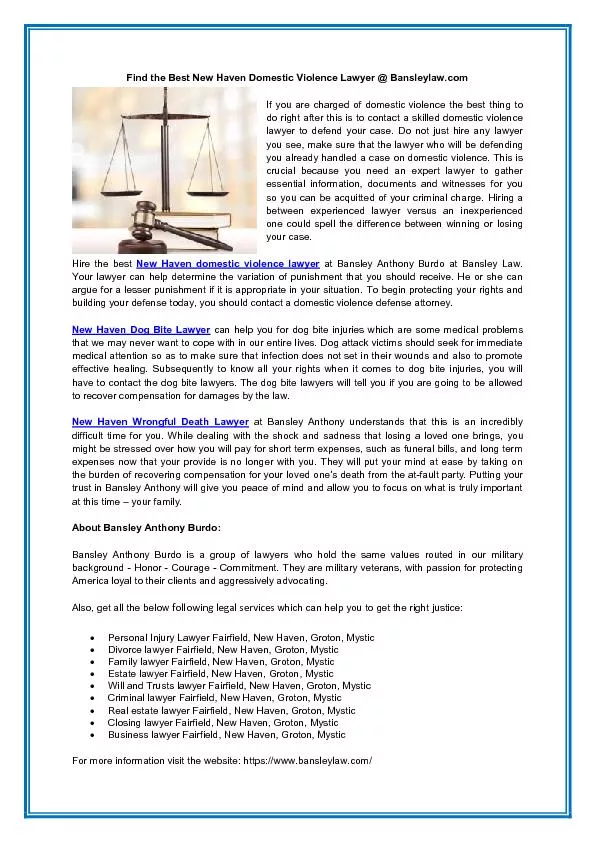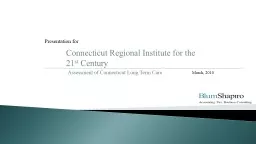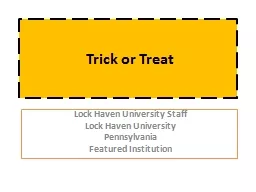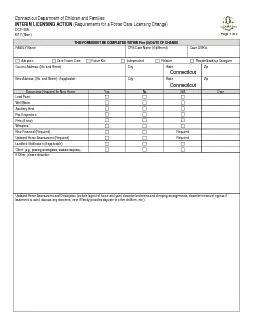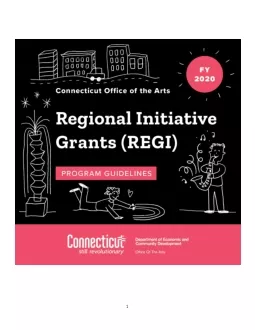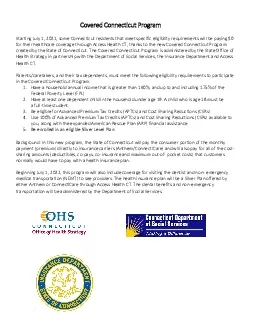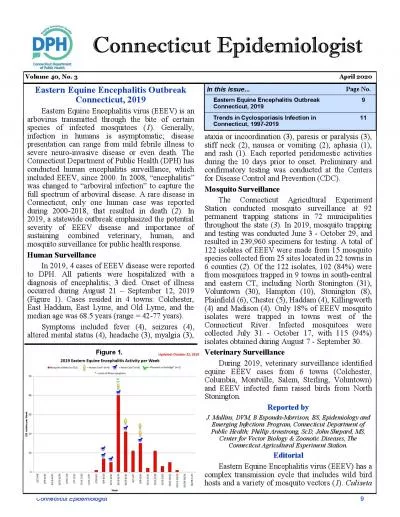PPT-South Central (New Haven)Connecticut Report
Author : pamella-moone | Published Date : 2018-03-10
South Central Partners Gateway Community College GCC Suzanne Conlon MSN RN Chairperson and Associate Professor Division of Allied Health and Nursing Sheila B Solernou
Presentation Embed Code
Download Presentation
Download Presentation The PPT/PDF document "South Central (New Haven)Connecticut Rep..." is the property of its rightful owner. Permission is granted to download and print the materials on this website for personal, non-commercial use only, and to display it on your personal computer provided you do not modify the materials and that you retain all copyright notices contained in the materials. By downloading content from our website, you accept the terms of this agreement.
South Central (New Haven)Connecticut Report: Transcript
Download Rules Of Document
"South Central (New Haven)Connecticut Report"The content belongs to its owner. You may download and print it for personal use, without modification, and keep all copyright notices. By downloading, you agree to these terms.
Related Documents


